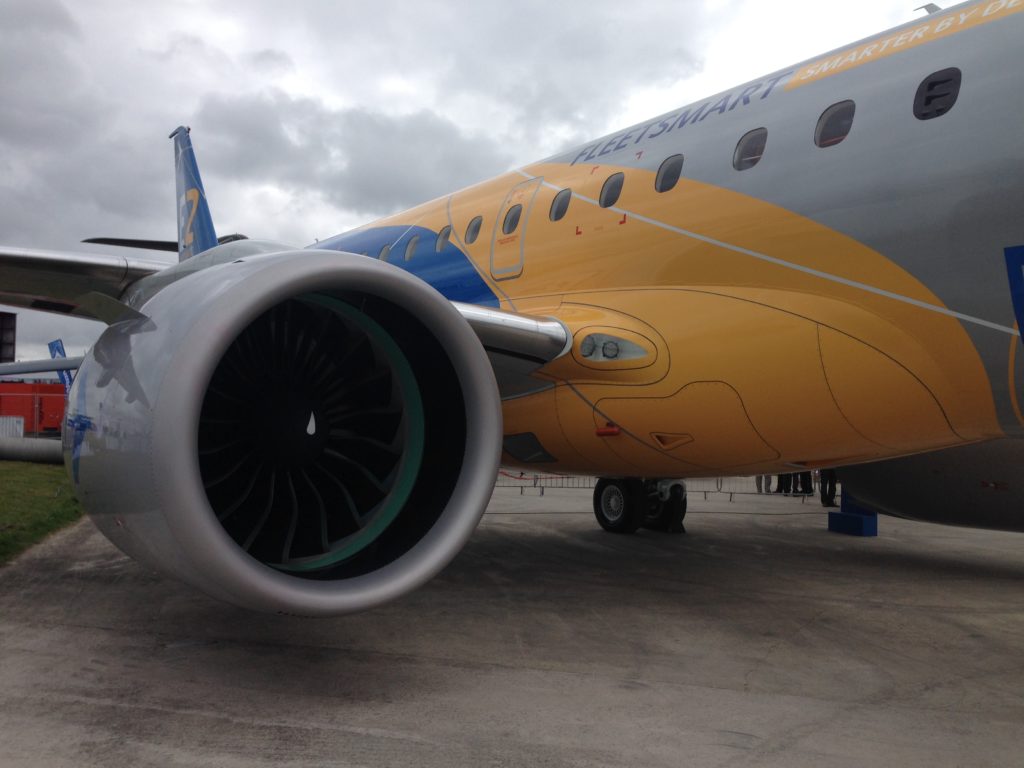Leeham News and Analysis
There's more to real news than a news release.
Flying the Irkut MC-21 simulator
By Bjorn Fehrm
21July 2016, ©. Leeham Co:Russia’s United Aircraft Irkut division had the good taste to bring a fully functional MC-21 simulator to Farnborough Air Show. I managed to get an hour of take-offs and landings during the show’s early hours on Thursday.
The simulator consists of a fixed cockpit, Figure 1, with a panoramic screen giving a terrain view out of the cockpit windows. The terrain model was of good quality and the feeling of flying a good non-moving simulator was there.
The simulator was especially conceived for exhibitions but it didn’t seem to be less functional because of that. Flight laws should be the same as the full MC-21 simulators but the implementation team is separate from the team which is making the flight crew training simulators. I was accompanied in the Sim by Sergey, one of the software programmers of the simulator. He was interested in my impressions, as it was still relatively early days in the simulator’s design.
Boeing KC-46A completes Milestone C
July 20, 2016, © Leeham Co.: Boeing and the USAF last week announced that the KC-46A tanker successfully completed Milestone C in the refueling flight testing program.
The KC-46A completed refueling of five aircraft, a requirement under Milestone C: the F16, F18, AV8B Harrier, A10 Warthog and the C17. Additionally, the KC-46A itself was refueled from a Boeing KC-10.
The C17 previously proved to be a problem when aerodynamics for the refueling boom revealed more stress than was permissible.
Weekly analyst synopsis: Farnborough recap
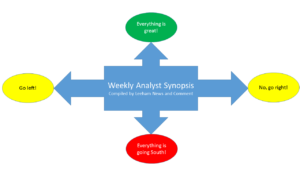 July 20, 2016: Aerospace analysts had somewhat different takes on the commercial aviation portion of the Farnborough Air Show. This week’s analyst synopsis includes some of the analyst reports. Between now and the end of the month, earnings season begins reporting the second quarter results. Airbus reports July 27. So does Boeing. Bombardier and Embraer report after July.
July 20, 2016: Aerospace analysts had somewhat different takes on the commercial aviation portion of the Farnborough Air Show. This week’s analyst synopsis includes some of the analyst reports. Between now and the end of the month, earnings season begins reporting the second quarter results. Airbus reports July 27. So does Boeing. Bombardier and Embraer report after July.
Farnborough redefines the MOM sector
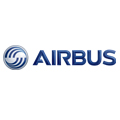 July 19, 2016, © Leeham Co.: If anything came out of the otherwise dull Farnborough Air Show, it was that the Middle of the Market airplane debate is as muddled as ever.
July 19, 2016, © Leeham Co.: If anything came out of the otherwise dull Farnborough Air Show, it was that the Middle of the Market airplane debate is as muddled as ever.
Boeing didn’t launch, or even say much, about the prospective 737-10, a slightly larger version of the MAX 9 intended to close the gap between the 9 and the Airbus A321neo. Boeing illustrates the 737-8-based MAX 200 as a separate model in its product line up. The 737-10 will slot in above the MAX 200, if built.
Boeing increased the demand in its 20-year Current Market Outlook for the small, twin-aisle airplane by 5%–a move Airbus claims is aimed at the Boeing Board of Directors to entice it to approve launch of the New Mid-range Aircraft, or NMA as Boeing now calls the MOM aircraft.
![]() Airbus said the MOM sector ends at 240 seats (single class) and only a single-aisle airplane makes sense. This is a shift from long-standing messaging that the A321neo covers the lower end of the MOM sector and the A330-200/800 covers the upper end. This message was advanced as recently as the Airbus Innovation Days at the end of May.
Airbus said the MOM sector ends at 240 seats (single class) and only a single-aisle airplane makes sense. This is a shift from long-standing messaging that the A321neo covers the lower end of the MOM sector and the A330-200/800 covers the upper end. This message was advanced as recently as the Airbus Innovation Days at the end of May.
With the rhetoric changing a bit, is it time to redefine the MOM sector?
Airbus’ Leahy shifts a bit on MOM aircraft
Introduction
Subscription Required
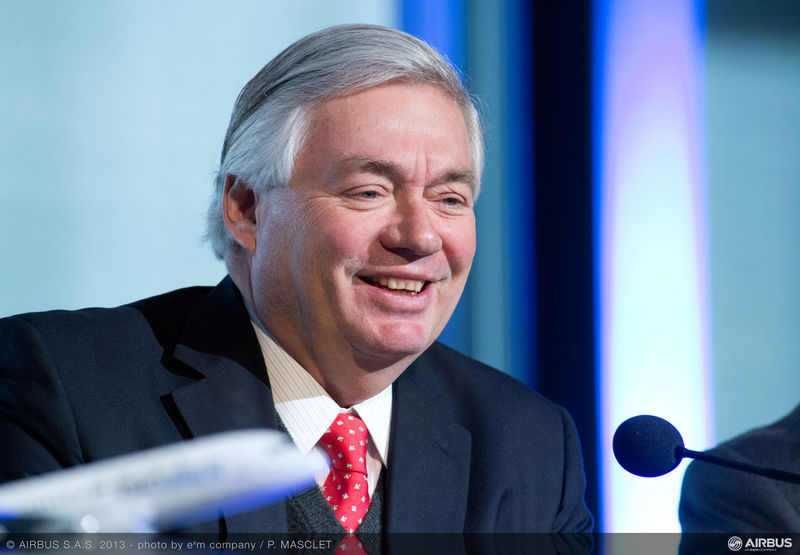
John Leahy, Airbus COO-Customers. Airbus photo.
July 14, 2016, © Leeham Co., Farnborough Air Show: Basking on an order for 30 A321LRs on the final day of the Farnborough Air Show, Airbus’ top salesman said the Middle of the Market sector stops at 240 passengers and it’s best served by a single-aisle aircraft.
John Leahy, Chief Operating Officer-Customers, said twin-aisle aircraft down to 240 or even 220 passengers don’t work economically against a single aisle. The A321LR (Long Range) seats a maximum of 240 passengers and it is single-aisle. Even though Airbus has a 250-seat A330-200R (Regional) and an A330-800 (7,200nm-plus range), Leahy didn’t attempt make a case that these aircraft are suitable for the MOM sector.
Summary
- A 767-200/A310 size replacement isn’t viable.
- Boeing’s 20-year market forecast for the mid-sized twin-aisle is for consumption for the Board of Directors.
- The A330-200R and A330-800 aren’t good MOM aircraft.
Pontifications: Airbus faces conundrum
July 18, 2016, © Leeham Co.: It wasn’t the dominating headline out of the Farnborough Air Show that Airbus would have preferred: a dramatic production rate cut for the slow-selling A380 from 20/yr to 12/yr from 2018.
A leak to the Paris newspaper La Tribune last Tuesday evening forced Airbus to announce the rate cut minutes later, ahead of prepping its employee work force. It was also ahead of an investors analyst breakfast meeting the following day in London. The event’s headlines would have been Tuesday’s unexpectedly strong number of Airbus orders after a dismal Monday for Airbus and Boeing. Instead, the rate cut dominated analysts’ thinking ahead of the breakfast.
Airbus stock closed at 52.53 Euros on the Paris stock exchange Tuesday before La Tribune’s story posted at 7pm. The stock was essentially flat the next day upon opening.
Antonov betting on Western technology
By Bjorn Fehrm
July 14, 2016, ©. Leeham Co, Farnborough Air Show: The company Antonov is world renowned for its rugged transport aircraft. The recent An-124 Ruslan and An-225 Mriya super-heavy transporters are the world’s largest transport aircraft. Both fly daily for the Antonov companies own airline, transporting outsize cargo for companies like Boeing, Airbus, GE, Rolls-Royce and others.
The air freighter company is what keeps Antonov afloat, for it has been hit hard by the fall of the Soviet Union and Ukraine’s decision to split with the Russian Federation and orient itself to the West. Read more


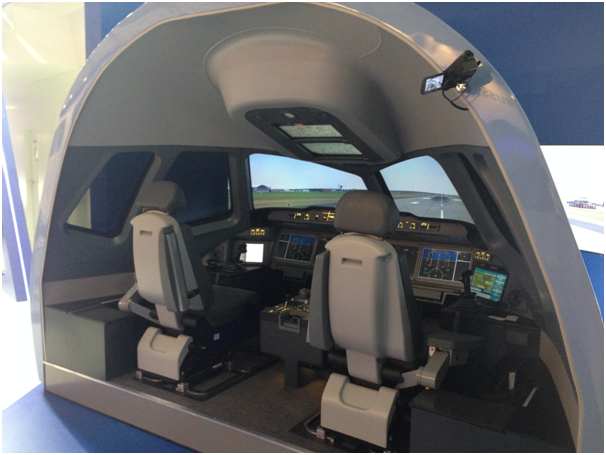


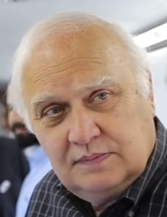
 A380 and investors meeting: The Airbus A380 has been a sensitive topic for investors. Historically stock prices took a major hit when negative news about the A380 emerged. During an investors day in December 2014, one of the executives slipped that the program could be terminated. The stock took an immediate dive and other executives had to clean up the first one’s comments.
A380 and investors meeting: The Airbus A380 has been a sensitive topic for investors. Historically stock prices took a major hit when negative news about the A380 emerged. During an investors day in December 2014, one of the executives slipped that the program could be terminated. The stock took an immediate dive and other executives had to clean up the first one’s comments.
